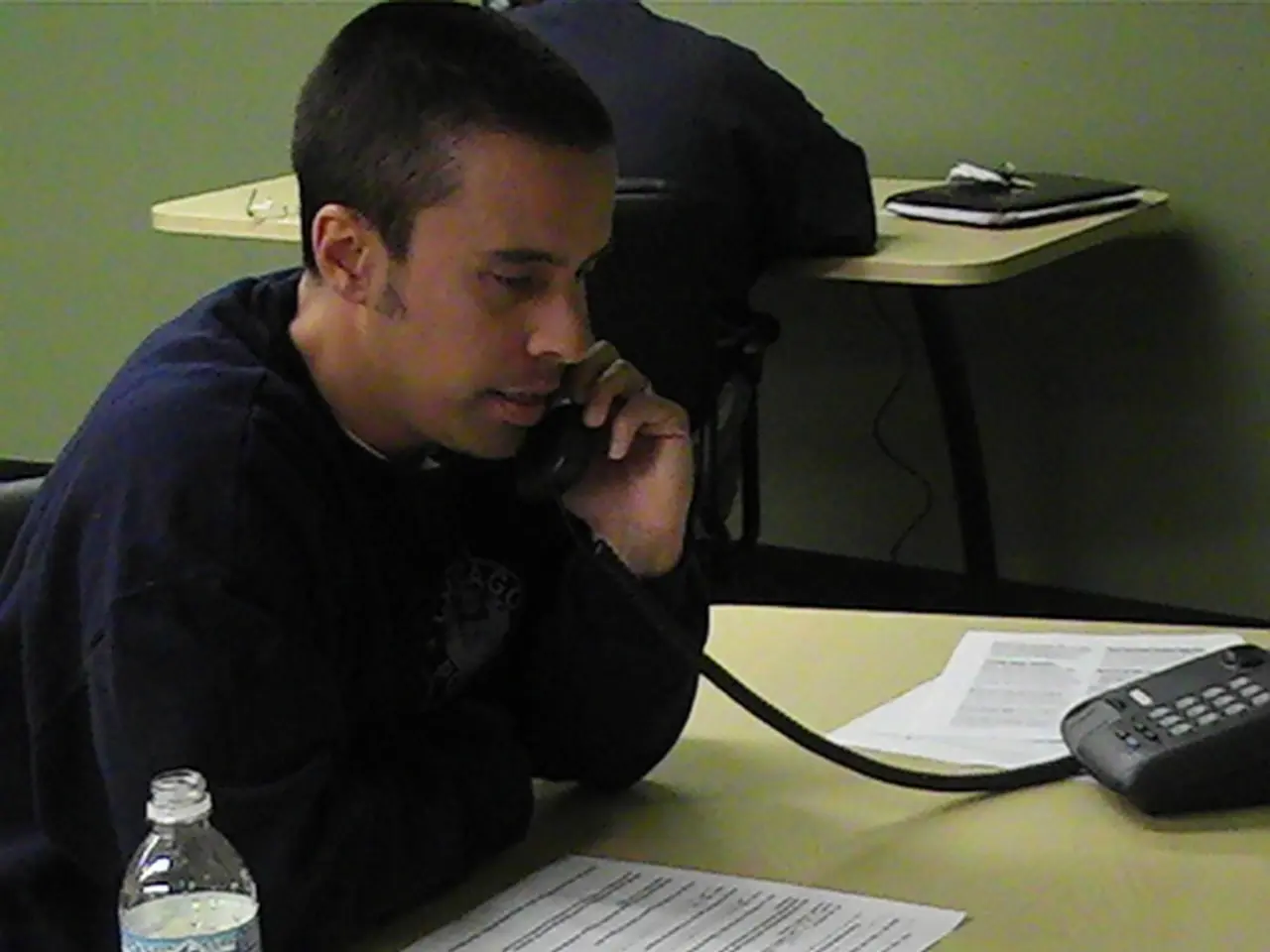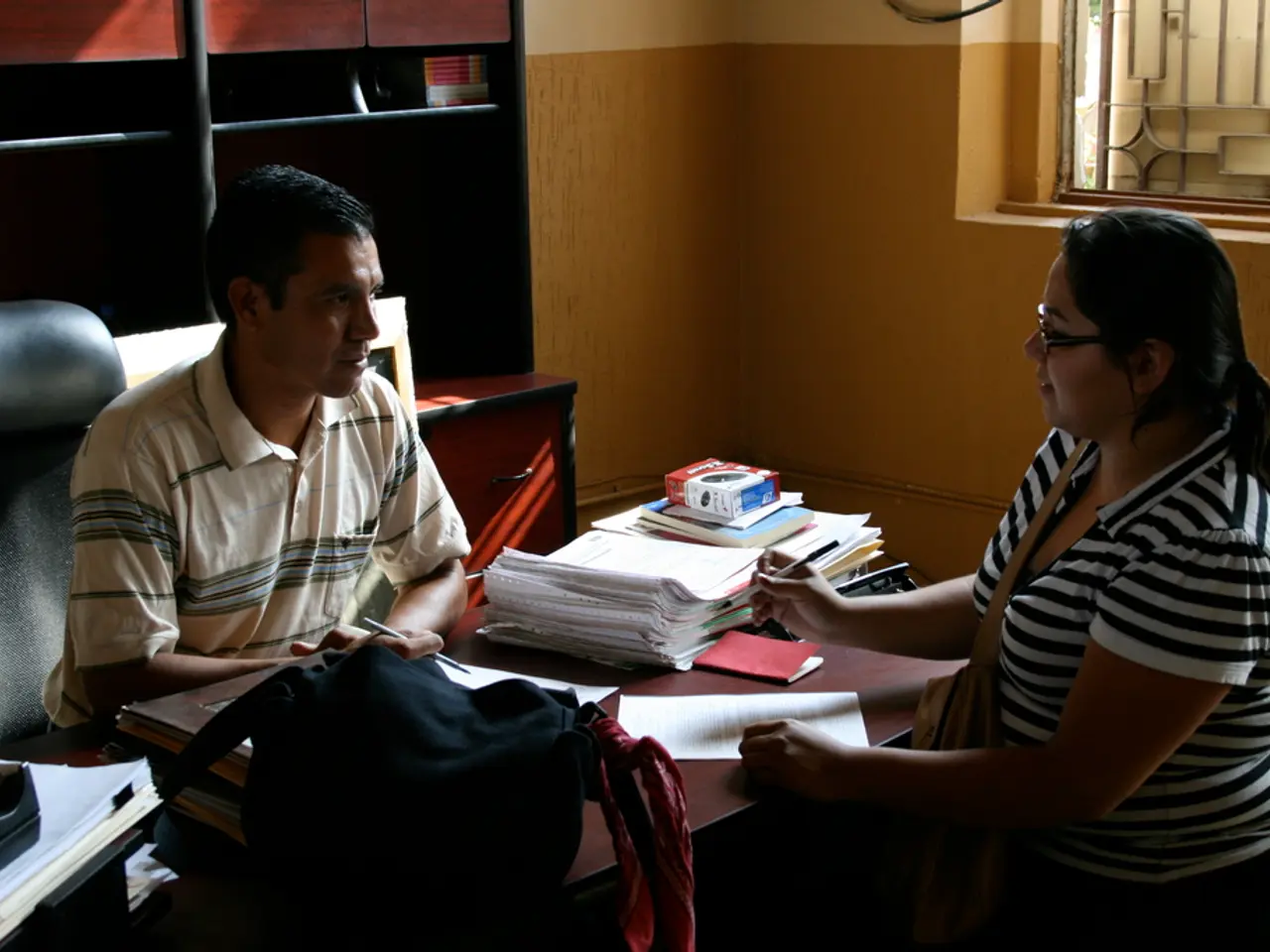Medical Professionals and Patients Praise Improved Preparedness - Medical professionals and patients are expressing contentment due to increased readiness demonstrated by healthcare providers
In Lower Saxony, a new on-call medical system, accessible via the number **116 117**, has been implemented to revolutionise out-of-hours healthcare. This innovative approach integrates telemedicine and regional coordination to streamline medical care and enhance patient satisfaction.
The centralised number 116 117 serves as a clear and easy-to-remember entry point for patients seeking urgent medical advice outside regular office hours. This simplified access to medical support reduces confusion about where to seek care, thereby elevating patient satisfaction.
One of the key benefits of the new system is the reduction in workload for doctors. By triaging calls and utilising telemedicine consultations, the system ensures that physicians see only those cases needing in-person treatment, thereby lowering unnecessary doctor visits and associated fatigue.
Telemedicine plays a crucial role in the system, offering remote consultations with doctors or qualified medical personnel. This approach reduces face-to-face visits, speeds up care delivery, and allows for effective management of cases that do not require physical examination.
The new system also fosters cooperation among emergency services, general practitioners, and hospitals. Patients are better guided to the appropriate care level, avoiding overcrowding in emergency departments and ensuring efficient use of healthcare resources.
Initial feedback suggests that patients appreciate the convenience of remote consultations, especially for minor urgencies, and value the immediate guidance received via the phone or video. This increase in satisfaction and trust in the healthcare system is a testament to the system's effectiveness.
Doctors, too, have expressed satisfaction with the new system. They report relief from after-hours call overload and value the structured support that the 116 117 coordination provides. They appreciate having clearer protocols and the ability to focus their efforts on more severe or complex cases.
Notably, the reduction of forced transportation services under the new system has continued to reduce the workload of the on-call service in Lower Saxony via 116 117. Moreover, there have been no complaints from patients or doctors regarding the reform of the on-call medical service in Lower Saxony via 116 117.
In summary, the Lower Saxony 116 117 on-call system successfully leverages telemedicine to improve patient care accessibility and satisfaction, reduce unnecessary physician workload, and enhance regional medical service coordination. It aligns the benefits of digital health with traditional care pathways, leading to positive feedback from both healthcare providers and patients.
This assessment draws on the broader understanding of such telemedical on-call systems in Germany, where digital health integration and organised patient routing have been key goals in recent healthcare reforms, contributing to improved clinical outcomes and efficiency.
The new system, by integrating telemedicine and regional coordination, aligns with the broader goal of digital health integration in Germany, thus revolutionizing health and mental-health services. This approach not only streamlines medical care but also fosters advancements in health-and-wellness and science, enhancing patient satisfaction and satisfaction among healthcare providers.




